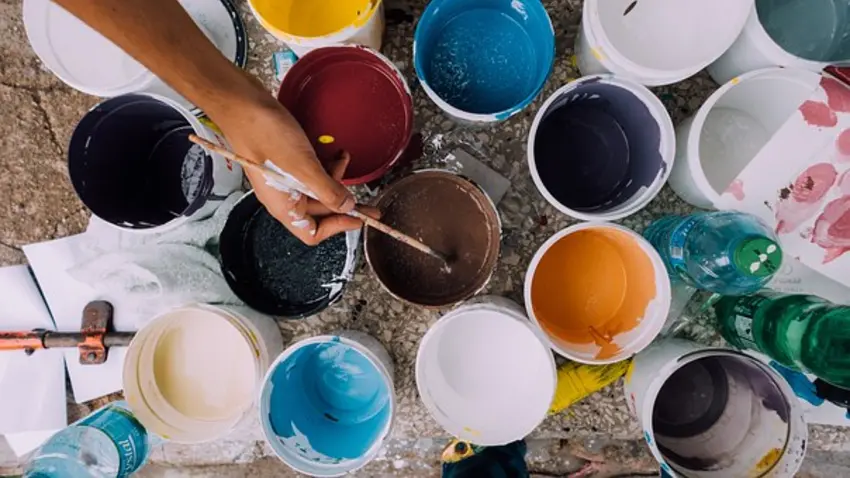Lately, I’ve come across the term “DesignOps” quite often in blogs and social media. Companies like Airbnb, Pinterest and Dropbox have integrated it into their processes, and there’s even a 3-day-long annual DesignOps Summit. But, what is exactly DesignOps and why is it important nowadays?
Origins of DesignOps
According to the Invision’s DesignOps Handbook, Dave Malouf ideated DesignOps after being immersed in the world of agile software development, in 2014.
Agile is a framework that prioritizes everything that needs to be done and divides it into short sprints (usually up to three weeks) to speed up development. Once a set of sprints are finished, there is a release of the product. This assures that a minimum viable product will be in the hands of the users at a predefined time. But this doesn't necessarily make sure that the users’ needs are met.
In that context and inspired by other practices (DevOps and Lean Startup), Malouf realized that for the framework to work out for users and UX and design teams, it needed to have an understanding of what was being constructed. He called it “DesignOps”, where “ops” is short for “operations”. Malouf defined it as “everything that supports high quality crafts, methods, and processes”, being a mix of business, person and workflow operations. Therefore, DesignOps takes care of everything surrounding the design process and makes it more efficient.
DesignOps manages a long list of aspects regarding design. UX Collective has listed some of them, including:
- Workflow
- Tools
- Governance
- Infrastructure
- Budget
- Headcount
- Pipeline
- Retention
- Education
- Evangelization
Research can help DesignOps teams understand what needs to be done in order to make UX and design work easier. This can be achieved by conducting workshops across the organization, with all the teams involved. The goal is to identify processes, pain points and opportunities, which results in operations and flows improvement.In short, DesignOps takes care of the usability of the settings, artifacts and tools involved in UX and design teams’ everyday work. That’s why big companies invest in a DesignOps team, setting up a group of people with full time dedication to these matters.
How Are Big Tech Companies Implementing DesignOps?
Although DesignOps is still very new and under constant development, one of the most popular strategies implemented by DesignOps teams in big tech companies is adopting a design system. It works as a repository of different elements such as style, colors, grids, typography, but it can also contain guidelines on how to speak to users/consumers. All this information is available to the whole company, so that designers, developers and other teams can speak the same language, especially when doing a redesign.
Here are some examples of design systems created by well-known high profile companies:
Why Adopt DesignOps?
Companies with big teams integrate DesignOps because:
- It enables fluent communication across teams regarding design
- The way operations work within the organization can be understood
- Better internal processes can be implemented
- Design frameworks and elements are made available to the teams
- Designers can focus their attention on their projects more easily
When an organization is relatively small, the surroundings of design projects lay in the hands of Project Managers or similar positions. But as teams grow, it’s important to look into the details with a dedicated team. Making sure the tools, processes and settings are adequate for the designers will only enhance their performance and help them create better products.

Maka is a Research Associate at the User Experience Center. Prior to joining the UXC, in the last 3 years she worked as a User Experience Consultant in Chile, designing strategies and experience through research methodologies for clients of banking, insurance and retail industries. She's very passionate about innovation and how technology will shape the future.
Maka holds a Bachelor of Arts in Social Communications and a Master of Arts in Media, both from Adolfo Ibáñez University, Chile. She also holds a certificate in Information Architecture and User Experience from Universidad del Pacífico, Chile. She is currently pursuing a Master of Science in Human Factors in Information Design at Bentley University.
You can connect with her on Linkedin
Let's start a conversation
Get in touch to learn more about Bentley UX consulting services and how we can help your organization.





